
Smart mobility is as relevant as ever, with growing urbanisation rates in almost all countries across the globe. But the concept isn’t new. At least I recall reading about the future of driving when I was very young, and a university project concluded that in the future, cars would be able to connect to each other and slide onto some sort of rail system when driving on the highway, so nobody would have to worry about steering or speeding when covering the long stretches of the journey. Not surprising, the project couldn’t have been more wrong in its conclusion. But why didn’t it work? It would have reduced accidents, pollutant emissions, road wear and maintenance costs, and it would have probably been quite easy to develop guiding chips and software to let cars in and out of the chain.
Well, the answer is simple, and is proven by the fact that car sales are still going up worldwide in spite of an ever-growing range of alternative transportation methods available to the buyers: freedom. As global wealth keeps increasing, all societies can recognize that the first luxury people growing out of poverty take is to buy a car, in many cases even before considering taking out a mortgage to buy a house. Why do they do that? Obviously to signal their increased wealth to the people around them (it’s harder to show if your house is bought or rented), but also to enjoy the freedom of being able to go exactly where they want to go and when. In these corona times being able to move about without bumping into others in public transportation is of course also an important factor. If this wasn’t the case, car sales would be dropping rapidly. Public transportation is cheaper, if you compare it to total cost of ownership of a car it’s easy math, and in many cases it’s also faster and easier. Plus, you can be productive getting some work done or enjoying a good rest when you don’t have to sit at the wheel in a traffic jam.
For those who care about global warming and reducing the environmental impact, there’s even further incentive to get rid of the car, but still, this is not what we see in the new car sales figures – although you could argue that some people buy a new car because it pollutes less than the old one.
Bicycles
With all the new technology, it will be very interesting to see how smart mobility will be implemented in cities across the globe, and if it will change the trend for good. After all, it’s be big cities with massive population numbers that will make a difference for the planet. If we look at a city like Copenhagen, it has for many years focused on being the world’s best city to ride a bicycle in, and it has implemented many innovative structures allowing cyclists to zip from one place to another in a matter of minutes with minimal need to stop along the way. Some places bridges have been built just to cater to cyclists. No doubt you can get around faster and cheaper in Copenhagen if you ride a bike than by any other means of transportation.

Another thing that is becoming increasingly interesting in the big cities is the drone technology, now we have seen Chinese firefighters putting out high-rise fires using drones controlled from the ground, and many places they have also begun working as parcel or food delivery agents. But is there a viable case to argue that we will all be flying in private drone vessels instead of driving in cars in the coming decade? I wouldn’t bet my money on it. First of all, it would take long until the general public would trust a drone manufacturer enough to not fear dropping to the ground or being flung into a building or another drone mid-air at any moment. Second of all, they would most definitely run on electricity, which we know from electric cars means very heavy batteries and/or short operation times. Probably in colder regions you would also struggle with much lower performance during winter, and possibly weather conditions not allowing them to take off.
That’s another nightmare scenario – to be caught in a thunderstorm or hailstorm up in the air.
Naturally, the ultimate challenge would be that everyone would basically need to have a pilot license to operate them, and air traffic control would be an entirely new concept in this scenario. We have all seen movies like Stars Wars or The Fifth Element where flying vehicles somehow get into invisible lanes and layers, but it’s hard to see how that can go from fiction to reality.
Urban hubs
So, how can consumers most likely have their desire for freedom fulfilled within a smart mobility concept? Most likely by creating urban hubs or city line parking facilities, so it’s easy to take the car to, from, or between cities, but not inside them. At these hubs, you would park the car and jump on the next shuttle to anywhere in the city, or even ride a bike that you brought with you. Designing these hubs, along with ample green areas in the cities, is the only way that any city planner can create the grounds for real smart mobility, and not take people’s freedom away from them. Then the only thing left is to address the issue of the environmental impact caused by passenger cars, both combustion engine emissions and tyre pollution from wear during use and waste management at end of tyre life.
Tyre manufacturers don’t seem to be making huge changes to the technology yet, except for a few innovative products like the Michelin Tweel – and the ultimate challenge is of course that the vehicle so far has to be in contact with the road surface to move and handle satisfactorily. It’s hard to imagine any tyre concept where rubber against the road surface isn’t involved, and it’s also hard to imagine any tyre manufacturer supporting such a project, given the massive investments they have in their production equipment, which isn’t easy to readjust to put out something else. Well, at least not any serious manufacturer – there was a Chinese plant that stopped producing tyres this year to start producing face masks instead because of corona demand, but that probably says something about the quality of both products coming out of that factory, and it makes me very interested in reading their mission statement.
Ultimately, for tyre manufacturers to start investing in any game changing product development, we would have to see a development like we have seen with British Tobacco actually advertising against smoking – which is very much in line with the trends of the day but doesn’t seem rational from a business perspective. So, to conclude, I’ll venture a bet that we won’t see any drastic changes in how much smarter our mobility options will become until we either see a scenario that will allow people to experience the same level of freedom as owning a car, drastically reducing the environmental impact from driving and tyre waste, and/or creating cities where it utterly doesn’t make any sense to drive instead of hopping on the city’s smart mobility system, whatever that might turn out to be.
Iochpe-Maxion Secures CDP ‘A List’ Recognition For Actions Against Climate Change
- By TT News
- January 20, 2026

Iochpe-Maxion, a global leader in automotive wheel production and a prominent manufacturer of automotive structural components across the Americas, has been distinguished as a top performer in environmental action by CDP. The organisation’s annual assessment placed the company on its prestigious Corporate ‘A’ List for 2025, reflecting exemplary transparency and climate leadership. This accolade is based on Iochpe-Maxion’s robust transition strategy and verified data disclosure.
CDP’s system, the sole global platform for independent environmental reporting, evaluated thousands of organisations this year. Out of more than 20,000 scored companies, a mere four percent earned an ‘A’ rating. This achievement signals Iochpe-Maxion’s advanced governance and substantial strides in building environmental resilience, positioning it among the world’s leading corporations in climate stewardship.
Continental Launches IceContact 8 Studded Tyre For Extreme Nordic Winters
- By TT News
- January 20, 2026
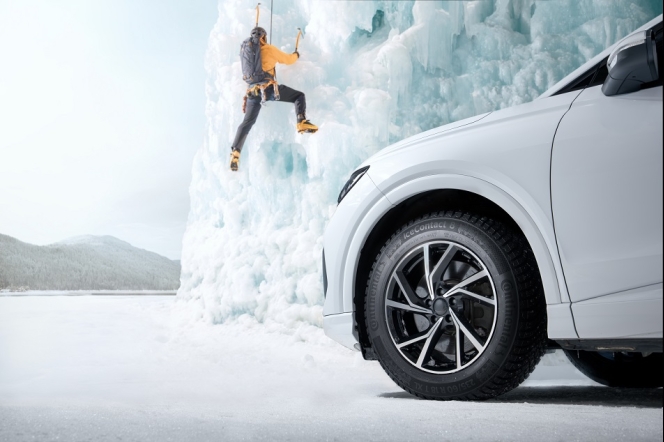
Continental has launched the new IceContact 8 studded tyre for control and safety on ice, snow and slush Designed for severe winter driving, the tyre is aimed at a wide variety of vehicles, including compact cars, SUVs and hybrids, whether electric or conventionally powered, and comes in sizes ranging from 15 to 22 inches. This tyre builds upon the proven legacy of its predecessor, the VikingContact 8, to offer lasting winter performance.
At the core of its design is an innovative twin-stud system. This technology utilises two distinct stud types that work in concert: one is optimised for acceleration and secure braking by biting into the surface, while the other enhances dynamic handling and cornering stability. These studs are strategically distributed across the tread for maximum grip. To bolster durability and performance, the studs are set within larger, deeper tread blocks. This creates a more stable foundation that minimises stud movement and loss, contributing to a longer tyre life. Further enhancing resilience, a specialised chemical bond fuses each stud to the rubber, reducing gaps that could trap debris and compromise the tyre's structure over time.
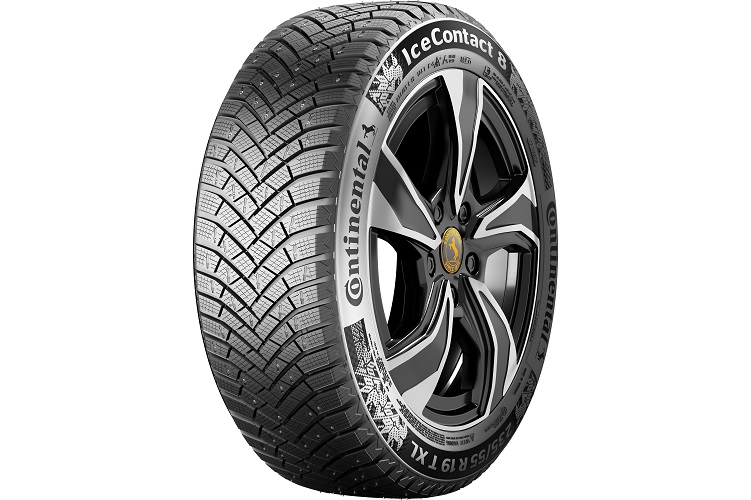
The tread design itself incorporates an optimised sipe layout for stronger grip and stable handling. A specially formulated compound, featuring a new highly flexible polymer and a softener system, ensures the rubber remains pliable and effective even in extreme cold. This balance of a robust V-shape tread pattern, advanced stud bonding and a cold-adaptive compound guarantees reliable traction and safety throughout the tyre's entire service life. The IceContact 8 is scheduled to launch in the second quarter of 2026, making it available for the following winter season.
Hankook Tire Releases Commemorative Brand Film For Al-Ittihad FC Sponsorship
- By TT News
- January 20, 2026
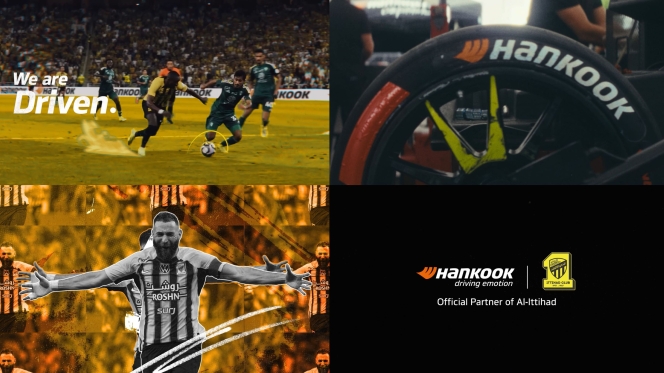
Hankook Tire has released a new brand film to mark its official sponsorship of Saudi Arabian football club Al-Ittihad FC. This initiative is designed to bolster the company’s premium status and deepen brand connection within crucial Middle Eastern and African markets, where passion for both football and motorsport is rising rapidly.
The cinematic piece creatively merges intense racing sequences, featuring high-performance cars on Hankook tyres, with actual match footage of Al-Ittihad athletes. This parallel highlights a shared dedication to peak performance, symbolising the solid partnership between the brand and the club. Through the use of striking tyre-tread visuals and immersive driving acoustics, the film reinforces Hankook’s identity as a trusted, high-end partner that champions a winning spirit. The content is being distributed globally via Hankook’s official social media platforms.
This move is part of Hankook’s broader global sports marketing strategy, which includes partnerships with major events like the UEFA Europa League, the Ballon d’Or awards and the TGL simulation golf league. The company’s involvement in premier FIA-sanctioned motorsport events held in Saudi Arabia, such as Formula E and the World Rally Championship, has already significantly raised its profile across the region.
Moving forward, Hankook Tire intends to leverage its alliance with Al-Ittihad to create more avenues for consumer engagement. The objective is to consistently underscore the brand’s world-class technological expertise and reinforce its position as a premium global leader.
BKT Foundation Honoured On Tata Memorial Hospital's Wall Of Giving
- By TT News
- January 20, 2026
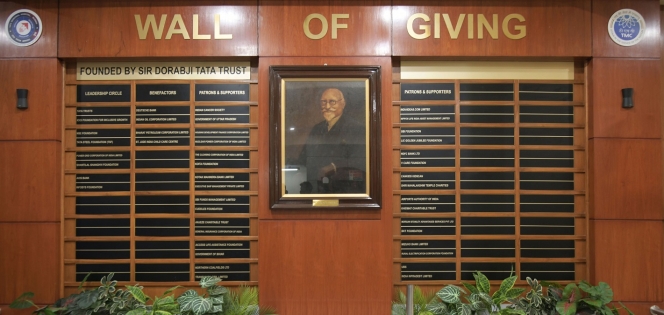
The BKT Foundation, the corporate social responsibility arm of Balkrishna Industries Ltd., has been formally recognised on the Wall of Giving at Mumbai’s Tata Memorial Hospital. This honour acknowledges the foundation’s sustained philanthropic support, which has made a concrete difference in advancing the hospital’s work in cancer treatment and research. The Wall of Giving specifically celebrates donors whose ongoing commitments have created enduring benefits for the institution and, most importantly, for patients and their families.
Guided by its ‘We Care’ motto, the foundation concentrates its efforts on healthcare, education and essential services. Its support for Tata Memorial Hospital has included funding critical palliative care programmes for children and providing advanced medical equipment. These donations, encompassing ultrasound devices, anaesthesia equipment, video bronchoscopy processors and dual-energy CT scanners, have directly strengthened diagnostic and treatment services. This has expanded access to high-quality, affordable cancer care for a broader patient population.
This accolade marks a significant milestone in the BKT Foundation’s wider mission to generate measurable social impact through dedicated and long-term engagement, both within India and internationally.
Sunita Rao, General Manager – Fundraising, Tata Memorial Hospital, said, “BKT’s steadfast commitment and ongoing support over the years have played a pivotal role in extending both our services and institutional capabilities, expanding access for patients in need and enabling several transformational initiatives at the hospital. We are deeply grateful for the company’s trust in the hospital and for the continued support in providing high-level technologies and machinery at the service of the Indian community of people.”
Vijaylaxmi Poddar, President & Chairman, BKT Foundation, said, “This acknowledgment reflects a shared commitment to care, dignity and healing and reinforces the value of sustained partnerships in advancing healthcare for those who need it most. It is truly inspiring to see how our efforts are strengthening cancer care and expanding access for patients in need, and we are honoured for the opportunity to walk this journey.”


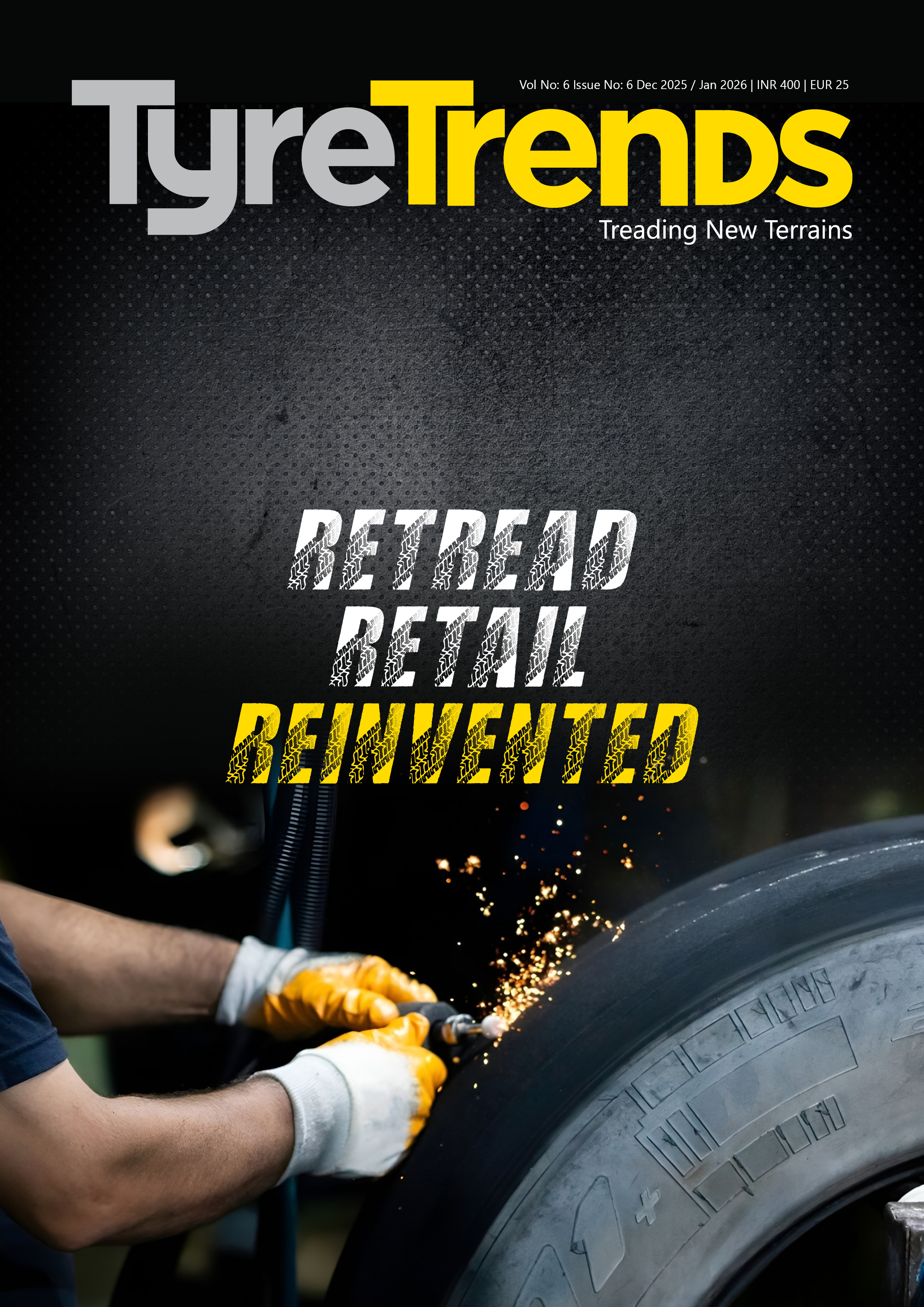




Comments (0)
ADD COMMENT